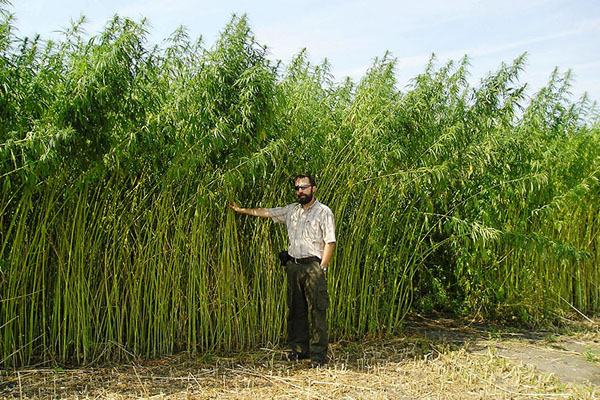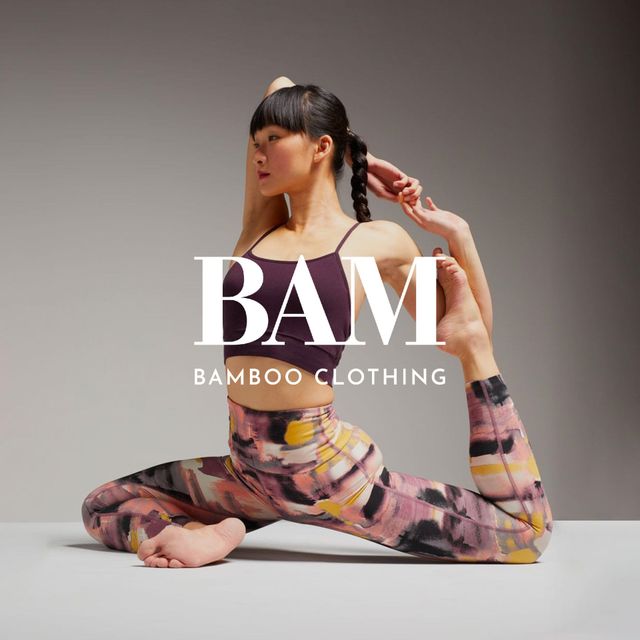Recommended News For Choosing Hemp Clothing
Wiki Article
What Are The Main Differences Between Hemp And Cotton In Terms The Use Of Water, Pesticides And Herbicides.?
Hemp is a more durable crop than cotton for a variety of reasons.
Hemp- Hemp is renowned for its relatively minimal water needs compared to many other crops, including cotton. Hemp is regarded as a drought-tolerant plant that thrives even with only a small amount of irrigation. Hemp can often be planted with rainwater alone in many areas which makes it a efficient choice for water use.
Cotton- Conventional cotton is notorious for its excessive water consumption. Cotton farming requires massive irrigation, which drains local water supplies and leads to water shortages in drought-stricken areas. The water-intensive nature of cotton cultivation has raised concerns regarding its long-term sustainability.
Herbicides are pesticides.
Hemp- Hemp is naturally resistant to pests and disease, which reduces the need for synthetic herbicides and pesticides. Although certain hemp crops require pest management, overall the use of chemicals is less than other crops like cotton. Organic hemp can be grown almost without pesticides.
Cotton- Conventional cotton farming heavily rely on synthetic pesticides, herbicides, and weed killers to control pests. These chemicals have negative effects on the natural environment. This includes water and soil pollution as well as harming non-targeted animals and pesticide resistance.
Summary: hemp is considered to be an environmentally friendly plant compared to cotton with regard to water consumption, pesticides, herbicides.
Hemp can be grown with only a little water, rainwater or irrigation.
The natural resistance of hemp to pests decreases the need to use synthetic pesticides.
Hemp farming requires less synthetic herbicides, pesticides, and fertilizers than cotton.
It is crucial to be aware that practices for sustainable agriculture and environmental protection can differ from one area or grower to the next. Additionally, organic farming methods increase the sustainability of hemp and cotton by minimizing the use of synthetic chemicals as well as enhancing soil health. If you are considering the environmental impacts of textiles and clothing, selecting organic and sustainably made fibers, whether cotton or hemp, could help reduce the ecological footprint of the fashion industry. See the best hemp clothes info for website recommendations including hoodlamb coat, hemp boxer shorts, hemp yoga clothes, clothes made from hemp, hemp mens jeans, hemp jacket, hemp clothing wholesale, organic hemp underwear, hemp shirts wholesale, organic hemp hoodie and more.
What Can Hemp Fibers Do To Help In The Process Of Carbon Sequestration, Sustainability And Crop Rotation?
Carbon Sequestration:
Hemp is a very fast-growing plant that is extremely fast-growing. It is able to mature in just 70 to 120 days, dependent on the variety of the plant and the environment. Hemp plants absorb atmospheric carbon dioxide (CO2) during their rapid growth phase as part of the photosynthesis process. This carbon uptake could be a significant factor in the carbon dioxide sequestration and reduce the amount of CO2 that is absorbed by the atmosphere.
Biomass Production- Hemp is known for its high biomass production. The dense foliage and long stalks of hemp yield large amounts of organic matter. When the biomass is incorporated into soil or used in various applications, this could contribute to the accumulation of carbon and organic matter.
Sustainability:
Low Chemical Use- Hemp cultivation often requires fewer synthetic pesticides and herbicides compared to some other crops like cotton. The hemp's natural resistance to a variety of diseases, pests and weeds decreases the need of chemical interventions. Organic hemp farming, particularly promotes sustainable farming by avoiding synthetic chemicals.
Hemp is a water efficiency, in comparison to other crops that require large amounts of water like cotton. This makes hemp more sustainable in areas with limited water resources.
The hemp's deep root system enhances soil health. Its roots reduce soil runoff and also stabilize the soil's structure, thus preventing soil erosion. Hemp cultivation also increases soil fertility by increasing soil microbial activity.
Hemp is a good crop to incorporate into rotational systems. Crop rotation is the method of alternating between different crops in a single field. This practice can help break cycles of disease and pests and reduce soil loss and improve soil structure. Hemp's importance in crop rotation is crucial to the sustainability of farming.
Crop Rotation
Hemp is a versatile plant that can be utilized in rotation with grains, vegetables, and legumes. Diversification is essential for maintaining soil health, reducing the risk of pests or illnesses that are unique to certain crops, and encouraging a balanced nutrient cycle.
Soil Improvement- Hemp's long roots can penetrate and aerate the soil, reducing compaction and enhancing the water's infiltration. The soil's structure is improved after a hemp harvest, which benefits other crops.
Hemp fibers are a good option for crop rotation due to of their rapid growth, large biomass production, low need for chemicals, high water efficiency, positive effect on soil health and compatibility. These traits make hemp cultivation an environmentally friendly and sustainable agriculture practice. View the recommended read review on hemp clothes for more examples including jungmaven t shirt, hemp and cotton fabric, jungmaven sweatshirt, mens hemp t shirts, 100 hemp t shirt, hemp jeans, patagonia double knee pants, hemp clothing near me, hemp baja hoodie, hemp shirts mens and more.

What are the main differences between bamboo and hemp fibers?
Two different fibers, bamboo and hemp both are utilized in textile production. Each has its own characteristics and distinct characteristic. Here are the major distinctions between hemp and bamboo fibers. Plant Source-
Hemp Fibers Hemp fibers can be obtained from hemp stalks, most specifically, the outer bast. Hemp is an adaptable and quick-growing crop which has been utilized in a variety of ways over the years.
Bamboo fibers can be produced out of the pulp made by the bamboo plant. Bamboo is grass that grows rapidly and is well-known for its long-lasting qualities.
2. Fiber Characteristics
Hemp- Hemp fibres are known to be strong and long-lasting. They are among the strongest of all natural fibers. Each time they wash them, they soften and more flexible, making them ideal for fabrics that last for a long period of.
Bamboo fibers can be smooth and soft. These fibers may be softer and less robust than hemp, however they are valued for their ease of use.
3. Texture, Feel and Look-
Hemp Fabric- Hemp is a material that has a texture and more coarse feel in its original state. While it is an incredibly comfortable fabric, the texture is different from bamboo.
Bamboo- Bamboo fabric is smooth, silky, and luxuriously soft. It is often compared with the combination of silk and twill, which makes it extremely comfortable.
4. Breathability, Moisture Wicking, and Breathability-
Hemp- Hemp is naturally and breathable. It also absorbs moisture. They can keep your body dry and cool in hot conditions.
Bamboo is also very breathable, and it wicks away moisture. They are equipped with micro-gaps which enhance their capacity to regulate temperatures and humidity.
5. Environmental Impact-
Hemp Hemp can be regarded as an environmentally friendly fiber because of its fast growth rate, its low need for water and resistance against insects. These factors help reduce the need for pesticides or herbicides. It can also absorb carbon dioxide out of the air as it grows.
Bamboo is known for being ecologically sustainable. It is fast growing, requires minimal water, and can be grown without chemical herbicides or pesticides. Some varieties of bamboo are deemed highly sustainable, such as Moso bamboo.
6. Processing-
Hemp- Hemp fibres need an extensive process to separate the out the bast fibers on the outside and the woody core inside. Processing may include retting or decortication as well as mechanical separation.
Bamboo fibres generally obtained via a chemical procedure called the viscose or rayon process. Bamboo pulp is broken down using chemicals. Some bamboo textiles however, utilize closed loop processes to help reduce the waste of chemicals.
7. Versatility-
Hemp- Hemp fibres can be used for a wide range of applications, including clothing, textiles, and paper. They also make great construction materials.
Bamboo fibers are used in a variety of products, including sheets and towels.
Both bamboos and hemps have advantages when it comes to sustainable and distinctive qualities. The decision between the two is based on the qualities you seek in a cloth and your personal preference for sustainability. See the top bamboo clothing hints for more info including bamboo hoodie women's, bamboo fibre clothing, long sleeve bamboo t shirt, bamboo yoga clothing, bamboo onesies, kate quinn bamboo, freefly hoodie, bamboo maternity wear, boody ecowear, bamboo sweatpants and more.
